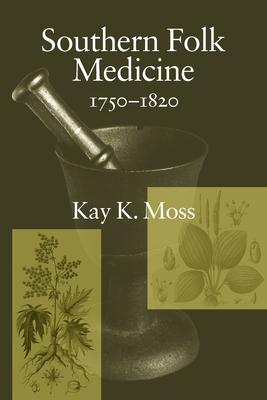Explores homespun remedies and medicinal herbs
Southern Folk Medicine, 1750-1820 explores methods of cure during a time when the South relied more heavily on homespun remedies than on professionally prescribed treatments. Bringing to light several previously unpublished primary sources, Kay K. Moss inventories the medical ingredients and practices adopted by physicians, herb women, yeoman farmers, plantation mistresses, merchants, tradesmen, preachers, and quacks alike. Moss shows how families passed down cures as heirlooms, how remedies crossed cultural and ethnic boundaries, and how domestic healers compounded native herbs and plants with exotic ingredients. Moss assembles her picture of domestic medical practice largely from an analysis of twelve commonplace books--or repositories of information, medical and otherwise--kept by eighteenth- and nineteenth-century southerners. She reveals that men and women of all social classes collected medical guidance and receipts in handwritten journals. Whether well educated or unlettered, many preferred home remedies over treatment by the region's few professional physicians.
Of particular interest to natural historians, an extensive guide to medicinal plants, their scientific names, and their traditional uses is also included.
